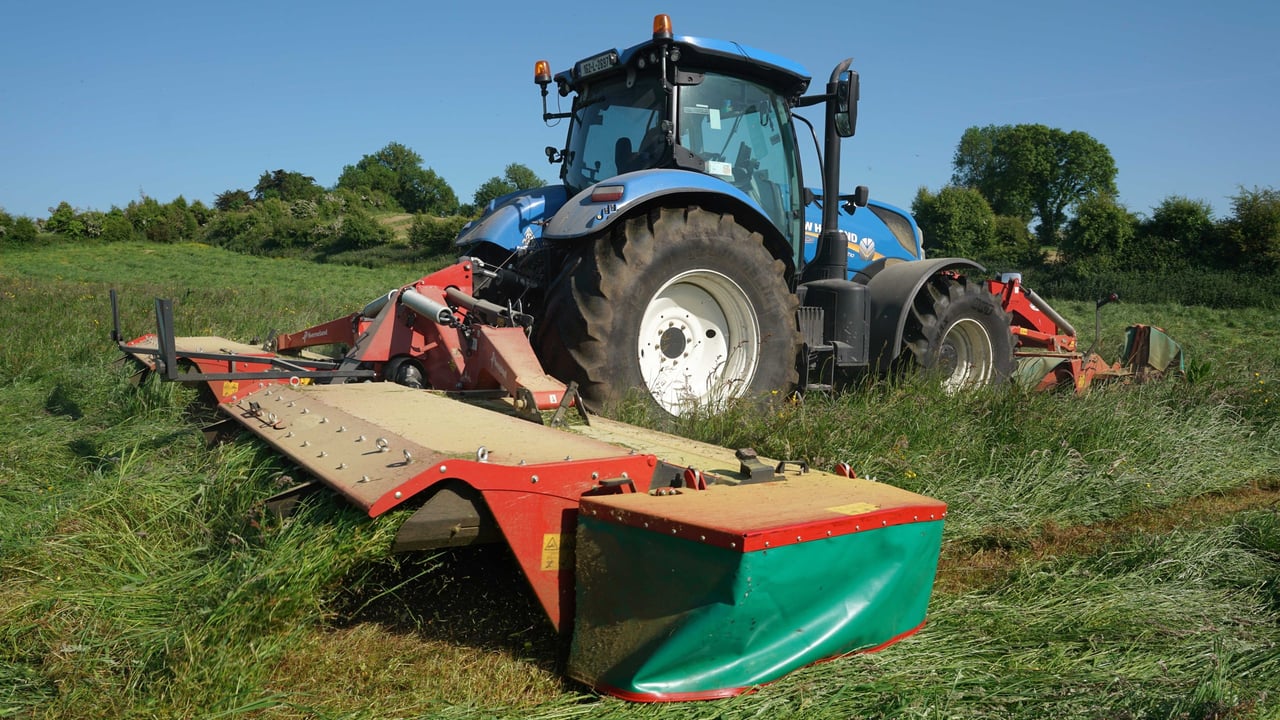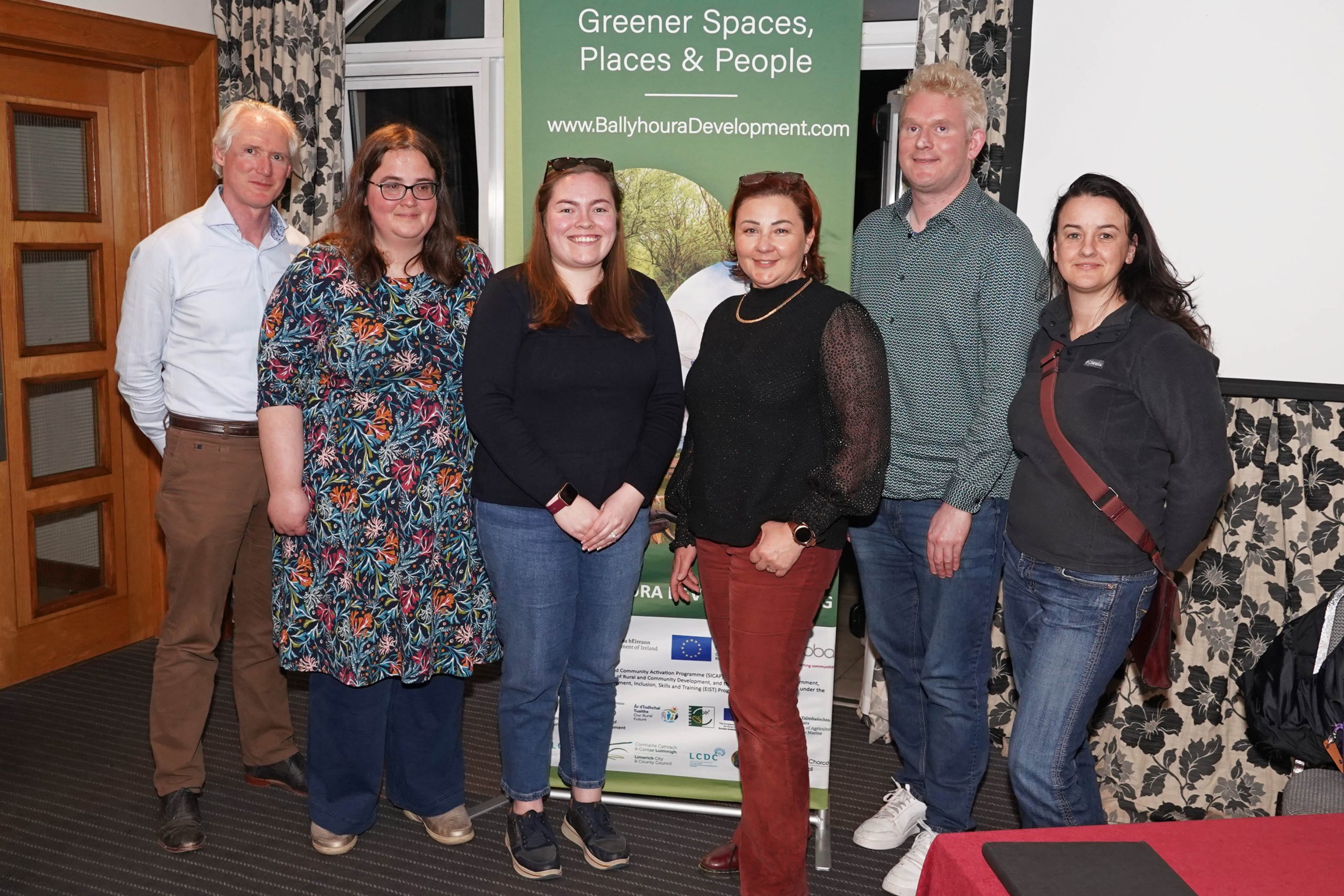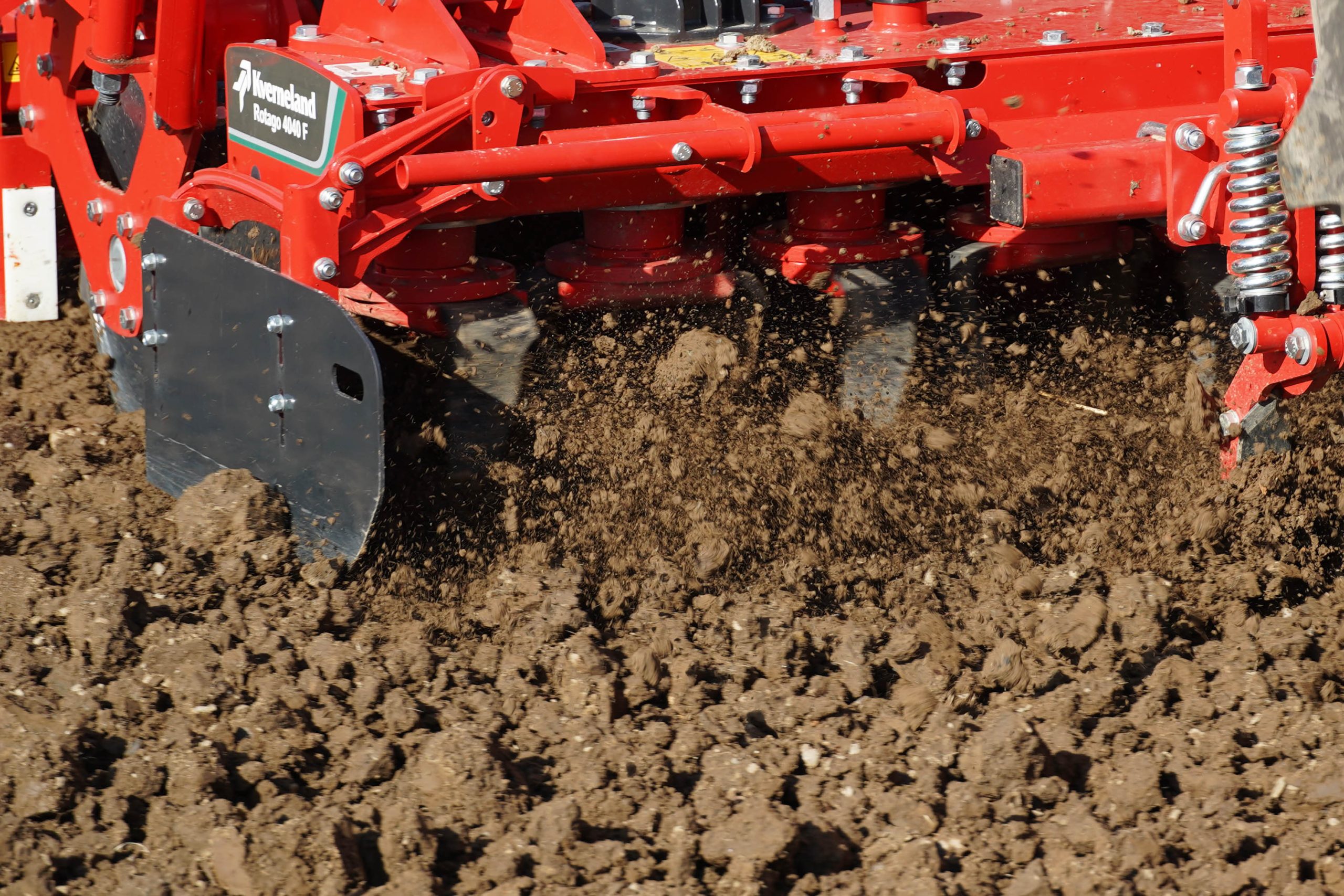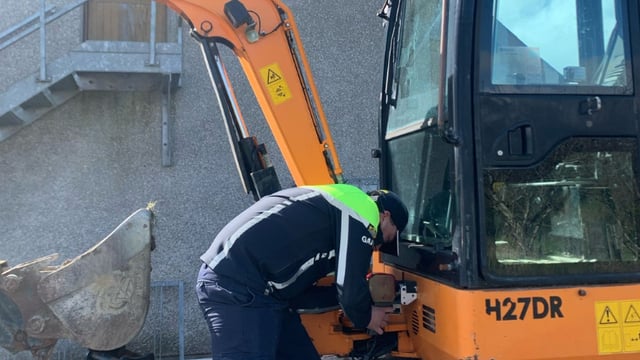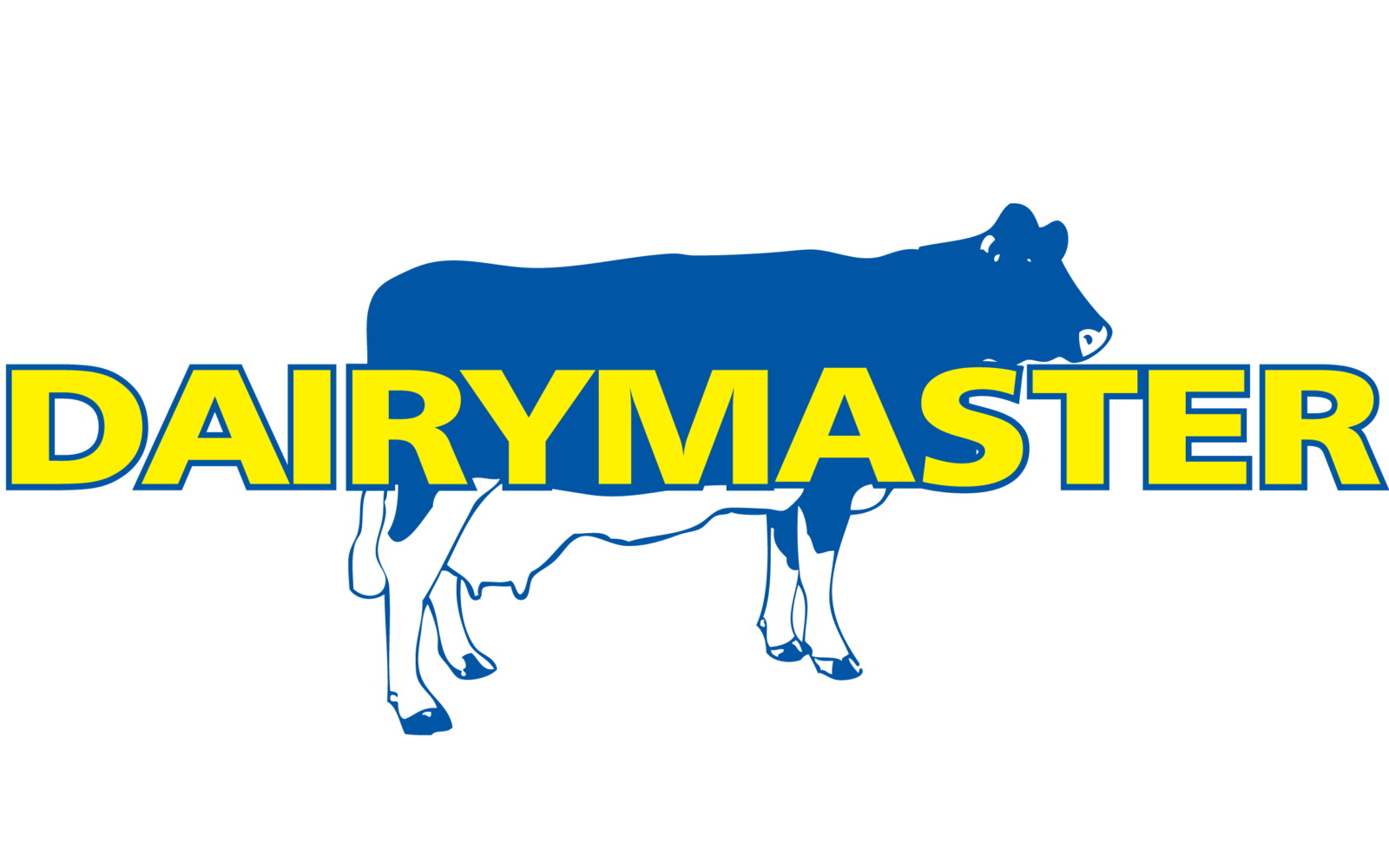Ballyhoura farmers first to benefit from Soilcrates
Second only to the the weather, the EU has the greatest influence on farming in Ireland, and while this force may appear to be omnipresent, there are moves within the structure to engage with farmers at ground-level, including those of the Ballyhoura region on the Cork/Limerick border.
One such move is the formation of Soilcrates (an amalgamation of soil and Socrates), an initiative financed by the Horizon Europe project, the key funding channel for research and innovation within the EU.
The logic behind Soilcrates is to form a network of what are termed living labs across Europe.
These labs will be devoted to exploring indigenous ideas from within the farming community and assessing their potential for further research with a view to eventually integrating them into EU policy.
As its name suggests, Soilcrates is devoted to the consideration of the soil as the basis for all agricultural activity, with the aim identifying problems and encourage farmers to experiment in dealing with the issues.
According to Padraig Casey, CEO of Ballyhoura Development, there is recognition within the EU that the bloc has not got all the answers and that one policy does not fit all situations.
This recognition is prompting moves to talk to farmers directly rather than rely on the political apparatus for feedback.
To do so, three centres of activity have been chosen within Ireland for the Soilcrates project: Ballyhoura in Co. Limerick; Cloughjordan in Co. Tipperary; and Loop Head in Co. Clare.
The inaugural meeting for the Limerick group was held on April 8 in Killmallock, where around 30 attendees were addressed by Dr. Lena Madden of the Technological University of the Shannon (TUS) and her colleague Dr. Shane O'Sulivan, who has an interest in the social effect of policies.
Dr. Madden outlined the science behind the project, which will rely heavily on soil sampling to judge the condition of soils and how they may be being affected by new management practices.
She noted that the tests will look at a minimum of 17 parameters, a far more comprehensive analysis than is generally undertaken.
This wide-ranging approach has been adopted in order to look at soil health rather than a simple recording of nutrient status, as the two may not correlate to the extent that is usually assumed.
The fate of nitrogen and the role of soil compaction will also be studied, with farmers being encouraged to suggest answers to these problems and try them out.
Even if the farmers' suggestions ultimately do not succeed, lessons can be learned from trials that do not work as much as from those that do.
Behind this movement runs the idea that soil husbandry is not yet considered a subject of its own accord.
Any discussion or focus on farming methods tends to revolve around the actual product, be it beef, dairy or grains, and not the medium from which the products originate.
This is where Soilcrates steps in.
It was noted during the Ballyhoura meeting that getting to grips with the functioning of soil is a highly complex affair and should not be undertaken with the assumption that there are any easy answers.
Yet those present were all aware that some attempt needs to be made in enhancing the soil's response to the treatment it endures.
This will likely mean making some adjustment to that treatment based on the belief that it is far from a dead growing medium but is a living ecosystem in its own right.
To this end, Soilcrates is making an open call to farmers within the three regions to propose ideas for projects that will help with the understanding and improvement of soils.
There is a fairly short timeline for entries, so farmers are urged to act quickly to ensure their ideas are considered and the access to grants is not denied to them.
At the meeting, the question was raised as to how strictly the area boundaries would be enforced by the EU, to which there was no immediate answer.
Selecting three small geographical areas in Ireland and expecting a flood of ideas for projects from within these limits would seem a rather optimistic way to proceed and not as entirely inclusive of the farming community as the project's paymasters might wish to boast of.
If the project is not to be seen merely as an attempt by beaurcracy to deflect criticism of its rigid top-down method of functioning, then some flexibility will be needed in its implementation.
Allowing participation from those outside of the designated areas might be a good place to start.

